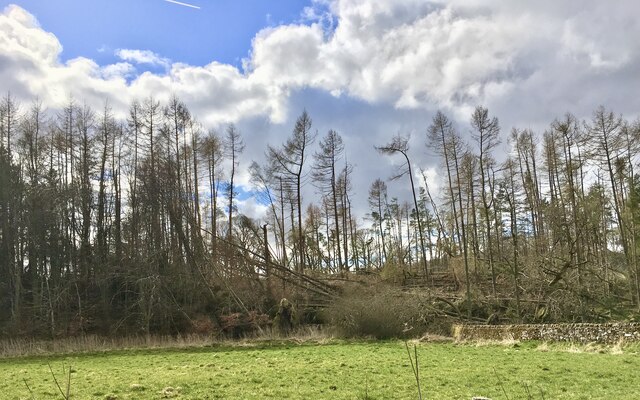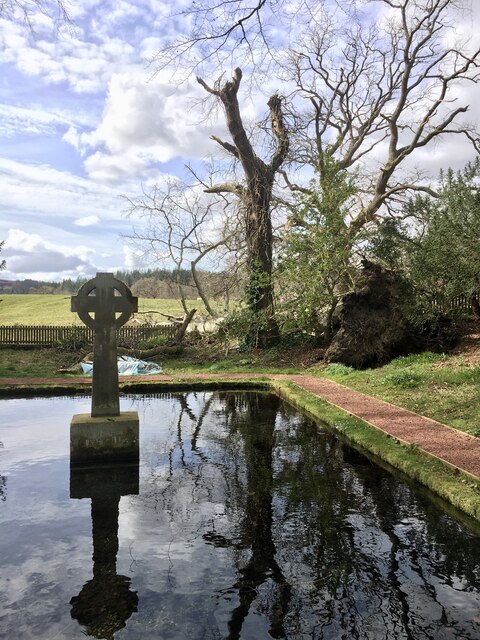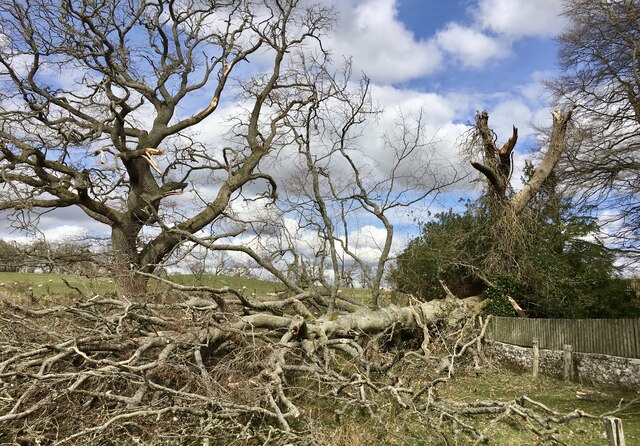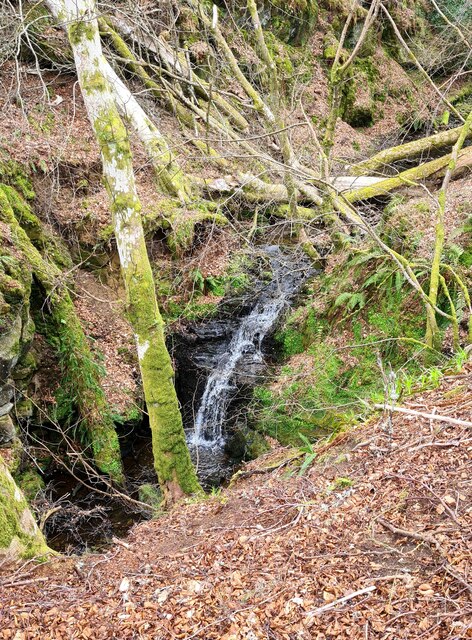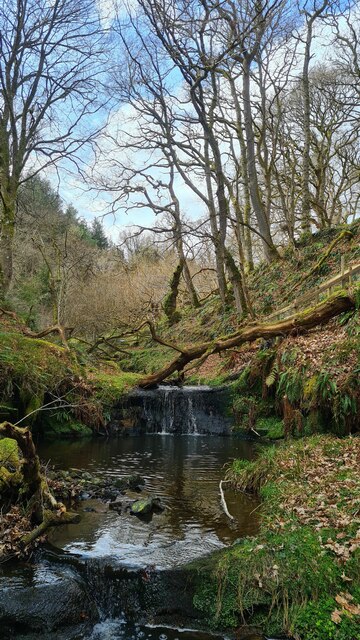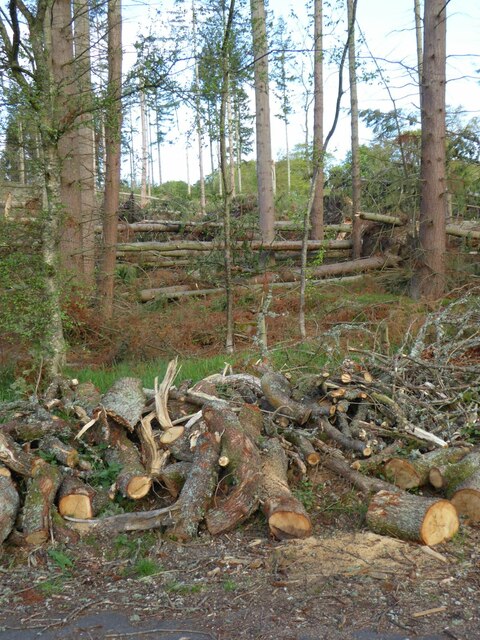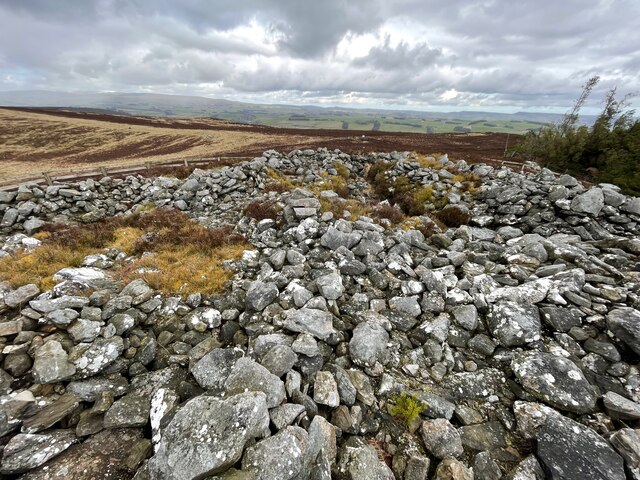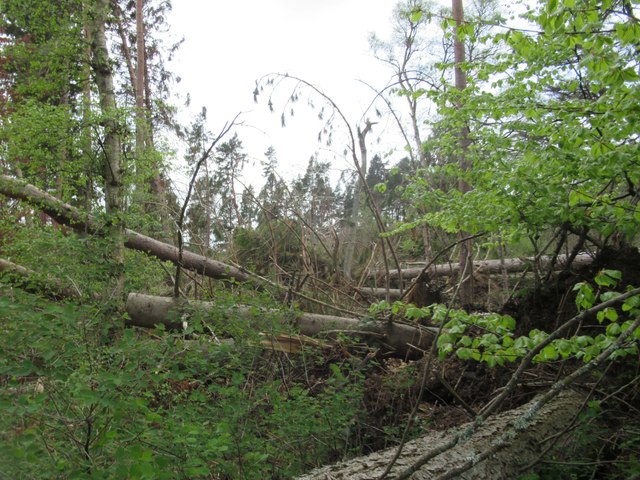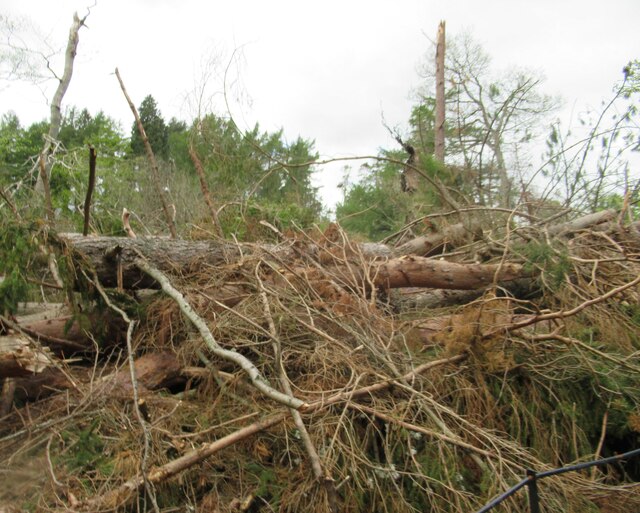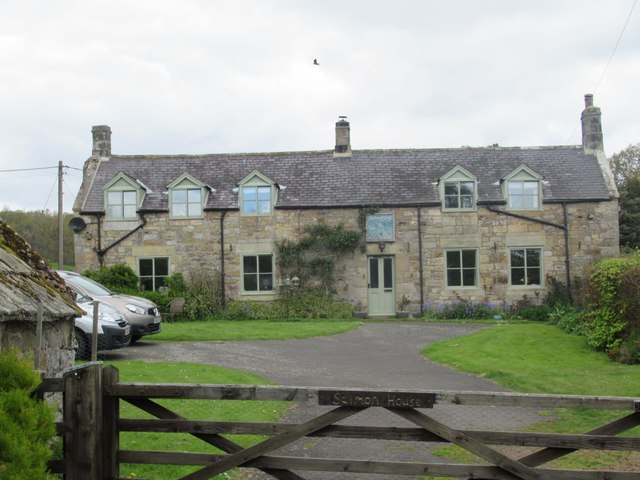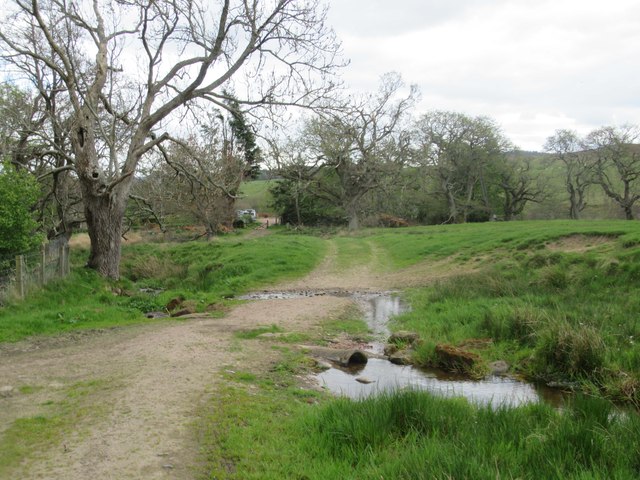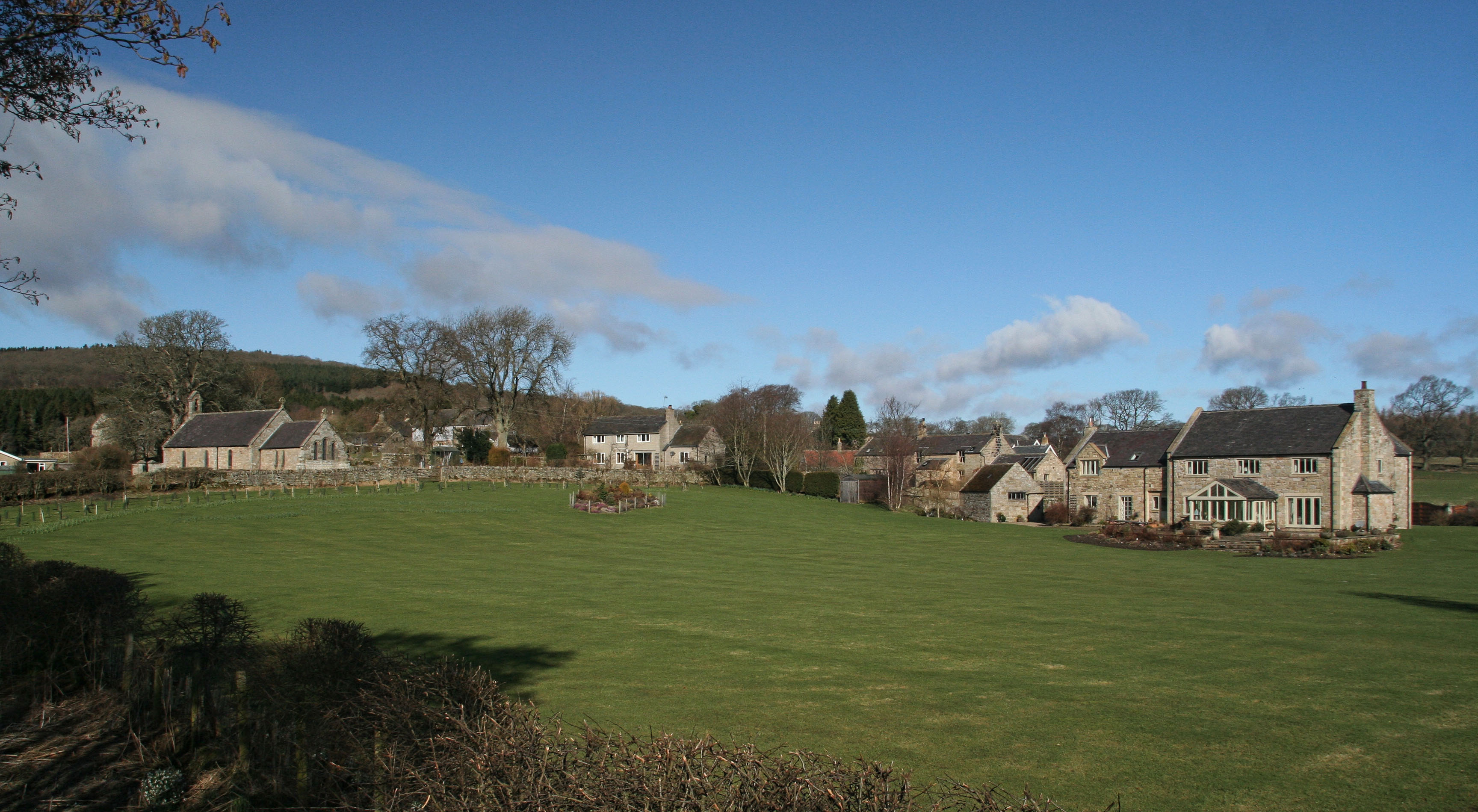May Plantation West
Wood, Forest in Northumberland
England
May Plantation West
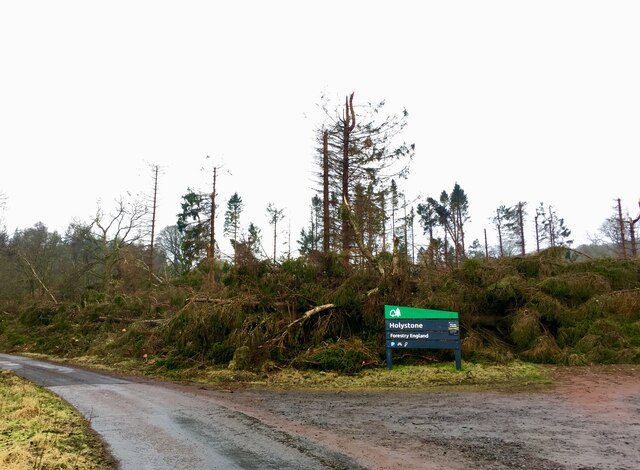
May Plantation West is a distinct area located in Northumberland, England, known for its sprawling woodlands and serene natural beauty. Situated in the northern part of the county, it covers a substantial area and forms part of the larger May Plantation. The plantation is a testament to the region's commitment to preserving and nurturing its natural resources.
The woodlands of May Plantation West are dominated by a variety of tree species, including oak, beech, birch, and pine. These trees are meticulously maintained, allowing for a dense and thriving forest ecosystem. The woodland floor is adorned with an array of plants and wildflowers, providing a vibrant and picturesque setting.
The plantation is a haven for wildlife, serving as a vital habitat for numerous species. Bird enthusiasts will delight in the diverse avian population that calls May Plantation West home, with sightings of species such as woodpeckers, owls, and various songbirds being common. Additionally, the woods are inhabited by small mammals like squirrels, rabbits, and foxes, making it an ideal destination for nature lovers and photographers alike.
May Plantation West offers visitors a wealth of recreational activities and opportunities to connect with nature. The well-maintained trails and paths throughout the woodland provide ample space for walking, jogging, and cycling. Moreover, designated picnic areas and benches are strategically placed, allowing visitors to relax and enjoy the tranquil surroundings.
In summary, May Plantation West in Northumberland is a captivating woodland area that showcases the beauty and diversity of the region's natural landscape. With its rich flora and fauna, well-maintained trails, and peaceful ambiance, it offers a truly immersive experience for individuals seeking solace in nature.
If you have any feedback on the listing, please let us know in the comments section below.
May Plantation West Images
Images are sourced within 2km of 55.305541/-2.0709507 or Grid Reference NT9501. Thanks to Geograph Open Source API. All images are credited.
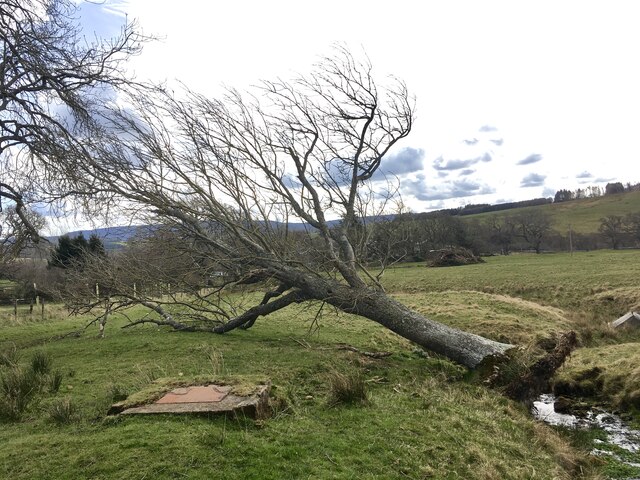
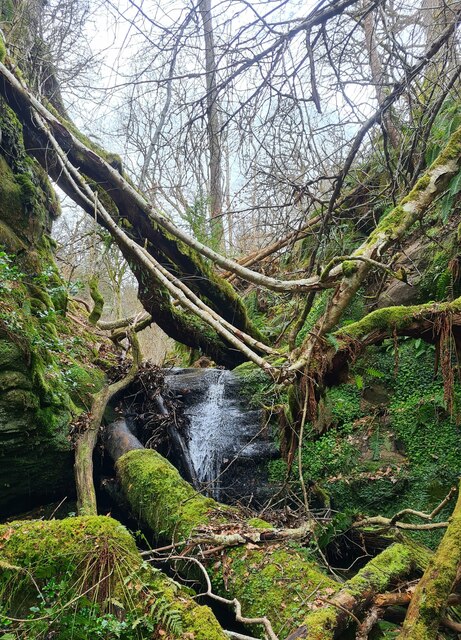
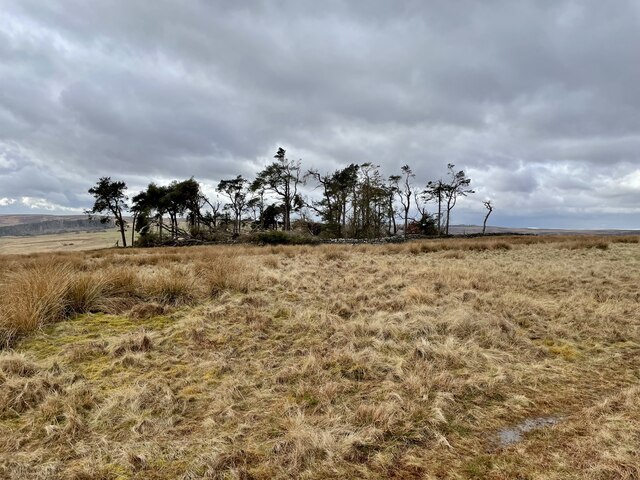
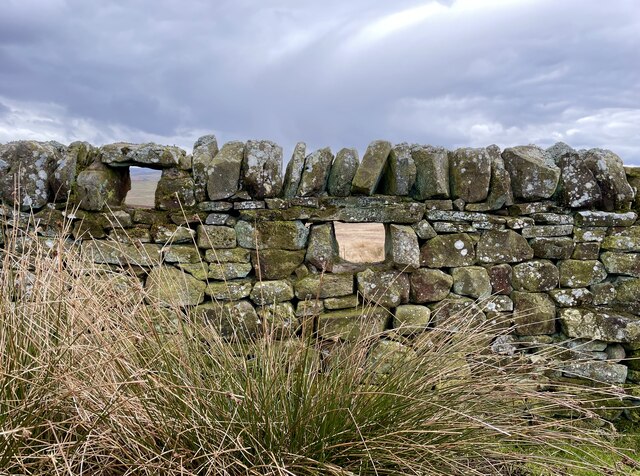
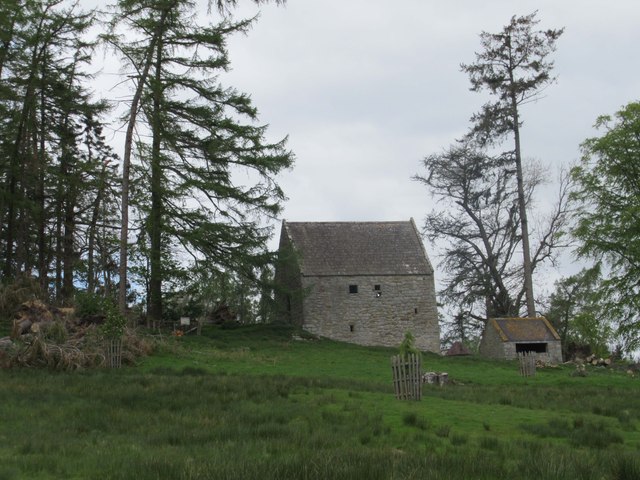

May Plantation West is located at Grid Ref: NT9501 (Lat: 55.305541, Lng: -2.0709507)
Unitary Authority: Northumberland
Police Authority: Northumbria
What 3 Words
///farms.starfish.willing. Near Rothbury, Northumberland
Related Wikis
Holystone, Northumberland
Holystone is a small village and former civil parish, now in the parish of Harbottle, in Northumberland, England. It lies on the edge of (and just within...
Sharperton
Sharperton is a small settlement and former civil parish, now in the parish of Harbottle, in Northumberland, England. Sharperton is the site of a deserted...
Hepple
Hepple is a small village and parish in rural Northumberland, 4 miles (6.4 km) west of Rothbury, which provides most of its local services. It is on the...
High Cove
High Cove is a major slip feature to the west of Grasslees Burn in the Simonside Hills, Northumberland, England. It contains several small rifts and caves...
Harbottle
Harbottle is a village and civil parish in Northumberland, England about 10 miles (16 km) south-east of the Scottish border, in the southeastern part of...
Reivers Way
The Reivers Way is a long-distance footpath in Northumberland, passing through the Northumberland National Park and the Cheviot Hills. Totalling 242 kilometres...
Harbottle Castle
Harbottle Castle is a ruined medieval castle situated at the west end of the village of Harbottle, Northumberland, England, 9 miles (14 km) west-north...
Billsmoor Park and Grasslees Wood
Billsmoor Park and Grasslees Wood is the name given to a Site of Special Scientific Interest (SSSI) in Northumberland, North East England, designated in...
Nearby Amenities
Located within 500m of 55.305541,-2.0709507Have you been to May Plantation West?
Leave your review of May Plantation West below (or comments, questions and feedback).
